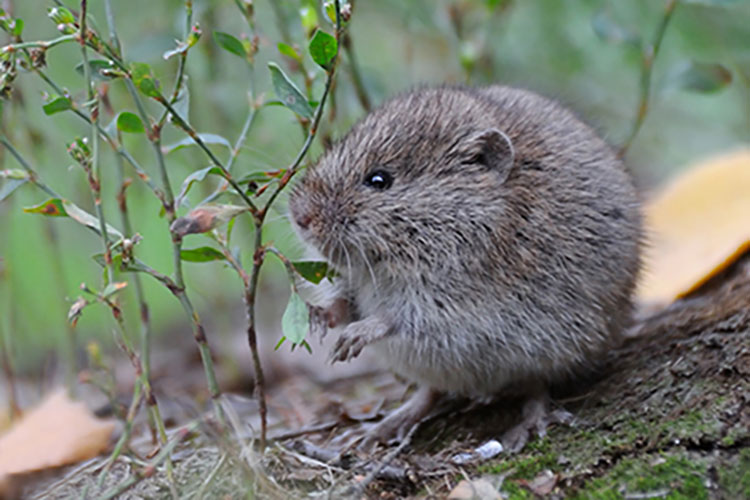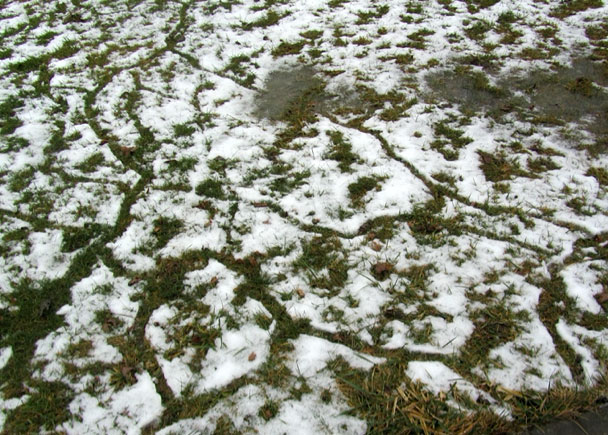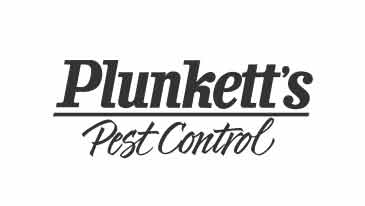Trapping Voles - Meadow Vole Control

Meadow Vole tunnels on your property can be an annoying problem for any homeowner or business, but it's a problem that can easily be fixed with the help of the pros at Varment Guard. Trapping and other control methods are sure to resolve your issue. Contact Varment Guard today!
Common Name: Meadow Voles
Scientific Name: Microtus pennsylvanicus
To learn more about wildlife removal, take a look at our Wildlife Removal & Trapping page.
HOW TO GET RID OF VOLES:
Trapping
Trapping is the best method of control for Meadow Voles. Varment Guard technicians use a variety of traps dependent on the conditions of the environment they are living. Traps are placed directly in the freshest runs present. Traps location are then secured and marked with surveyor flags. Varment Guard technicians are highly successful at eliminating vole population from yards, mulch beds, and fields with this control method.
Baits
There are a few labeled rodenticides approved for voles. Baits must be contained in locked container and placed within 100 ft of the structure. Once placed, the voles will have to find it and accept it as a food source. Due to a high success rate, this is the preferred method for quickly eliminating all meadow voles.
Fumigants
The Burrow RX machine can be used to place carbon monoxide in vole burrows. It does this by running a small engine and the exhaust is directed into the burrows with a hose. All holes are filled prior, keeping the gasses underground. Once the machine is shut off the gasses dissipate quickly with no harm to pets or people above ground. This can be done in conjunction with trapping service to help assure all voles are eliminated.
VOLE BIOLOGY
- Adult body length (without tail): 5-8 inches
- Adult body weight: 2 ounces or less
- Gestation period: 20-23 days
- Litters per year: up to 17 litter per year
- Litter size: 4-8
- Breeding season: March-Nov but can be year round
- Birthing season: Spring, Summer, and Fall is most common
- Age at which young are weaned: 12 to 14 days
- Activity period: Year-round, day and night
- Range: average 10 per acre
- Primary foods: Grass, Seeds, Grains, Bark and Sedges

Photo: Tim Malinich OSUE , (Emeritus)
VOLE PEST DAMAGE
Meadow Voles spend a lot of their time underground in their burrows. Above ground they chew tunnels in grass to aid them in their constant search for food. Voles prefer longer grass for these tunnels as it keeps them hidden from predators. Damage can be extensive to lawns and landscaping due to this tunneling. They will also eat a variety of grasses and the bark off ornamental trees, shrubs, and bushes.






